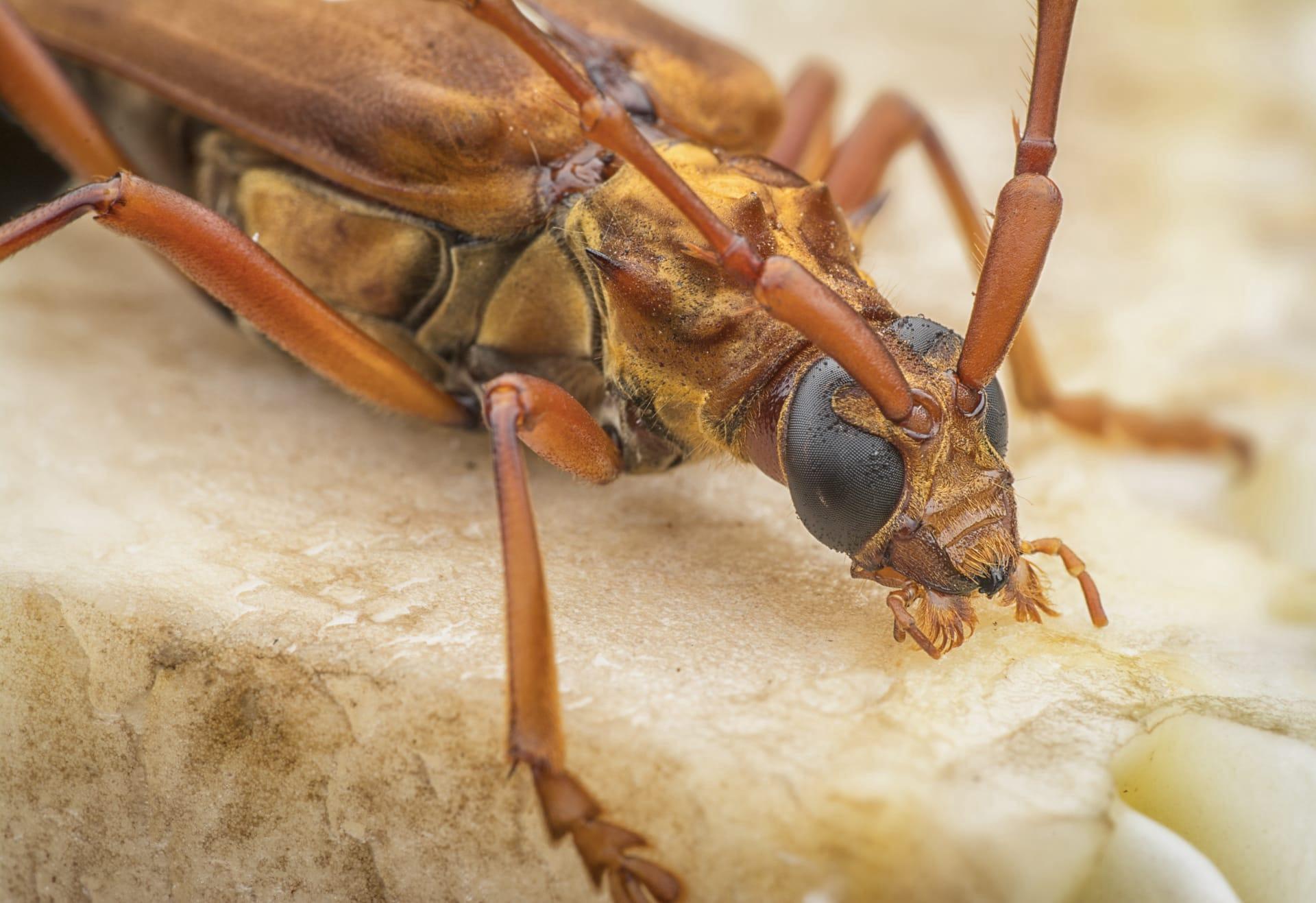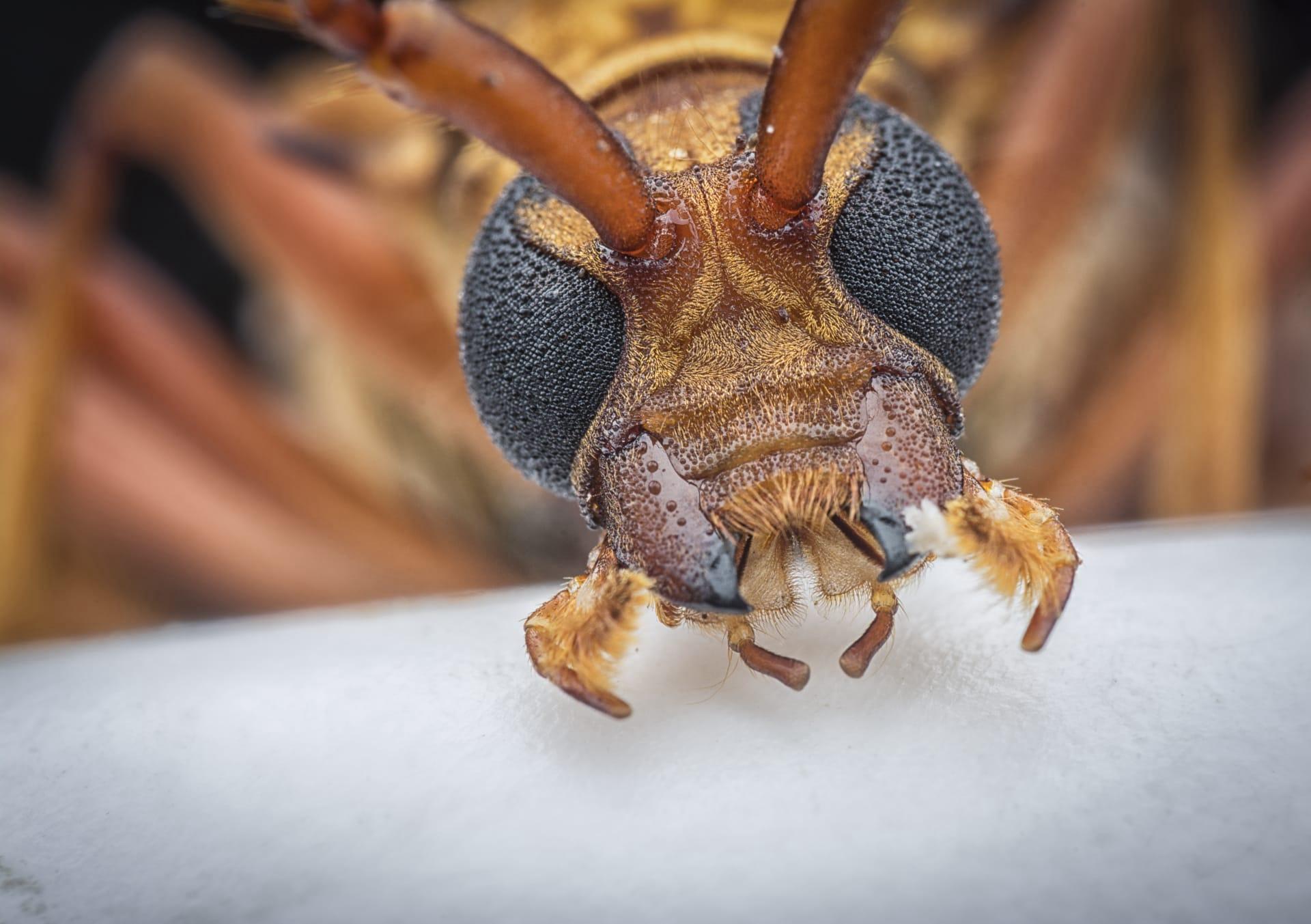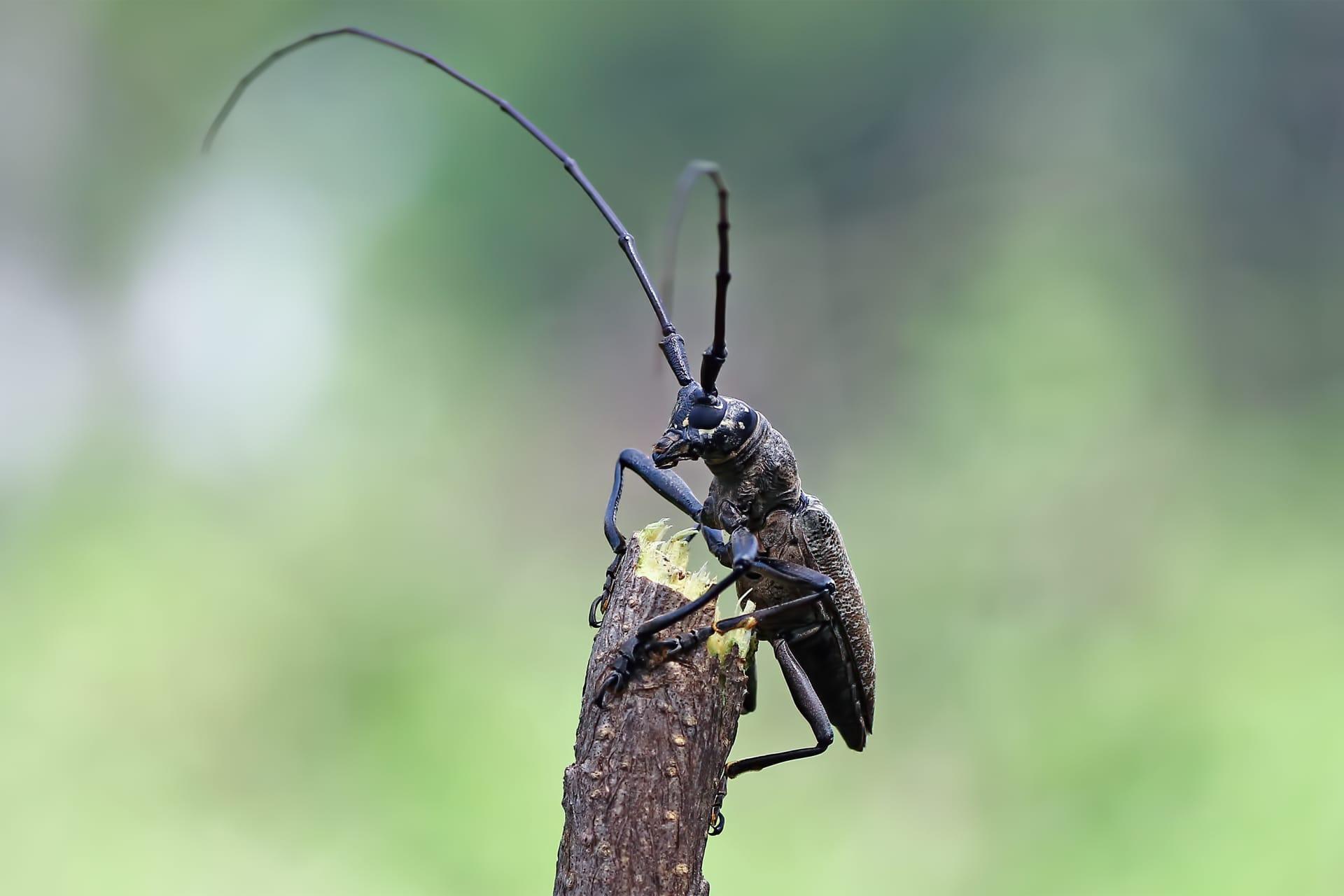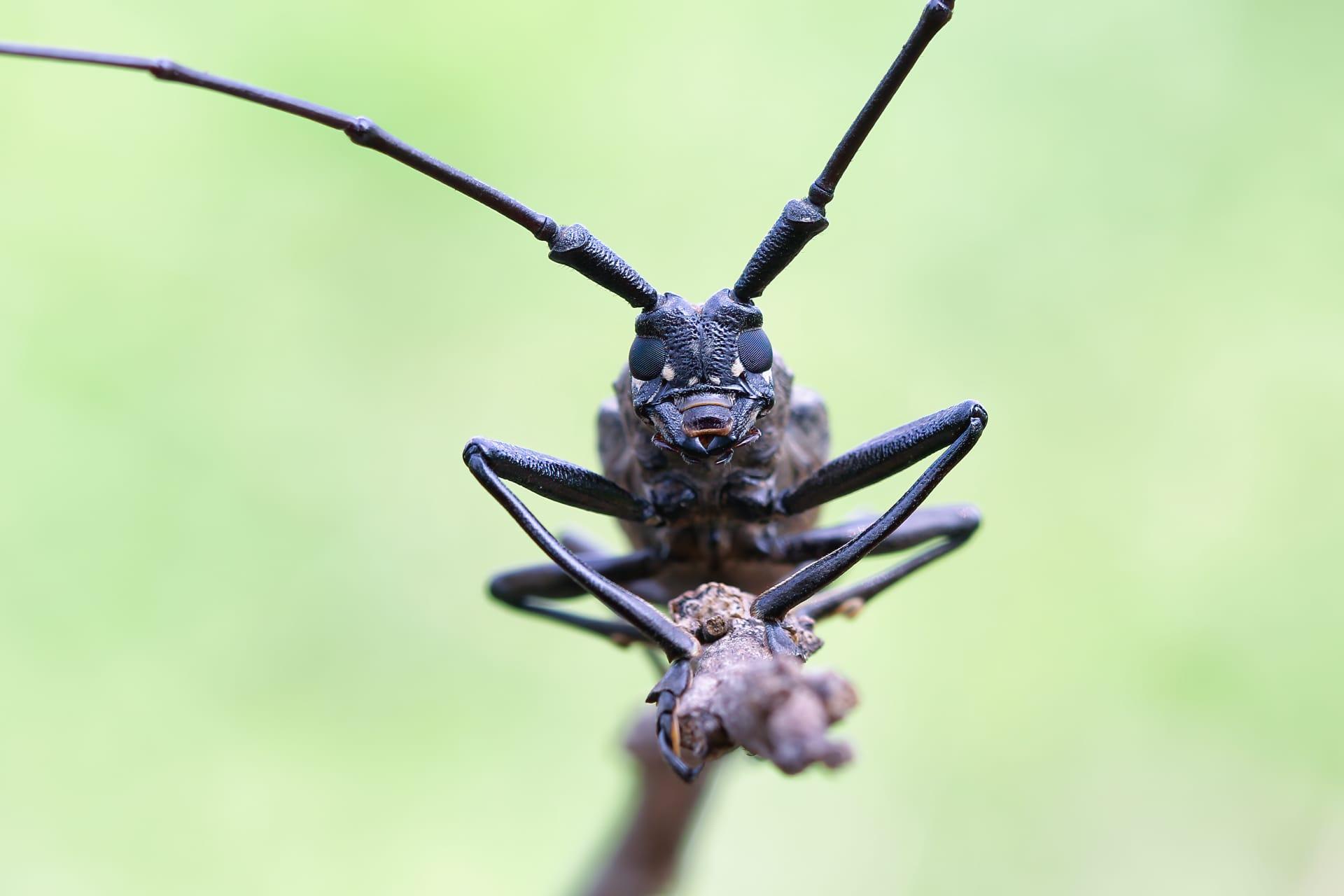Asian Beetle Trivia
- Home /
- Trivia Question /
- Animal /
- Asian Beetle Trivia
1
Question: What distinguishes the Asian beetle from other similar beetles in terms of appearance?
Answer: Asian beetles, or Harmonia axyridis, are recognized by their distinctive color patterns. They can vary from light yellow to deep orange, with up to 19 black spots on their wing covers. Their most identifying feature is the prominent 'M' or 'W' shaped mark located on their thorax, just behind the head. The size of an Asian beetle is typically around 7 millimeters in length, making them slightly larger than the average ladybug.
Question: How does the diet of the Asian beetle contribute to its role in the ecosystem?
Answer: Asian beetles are voracious predators of aphids and scale insects, pests that can cause significant damage to crops and ornamental plants. A single Asian beetle can consume hundreds of aphids per day. This appetite for pests makes them valuable in agricultural pest control, reducing the need for chemical pesticides. Their diet also includes pollen and nectar, contributing to their role as minor pollinators in the ecosystem.

2
Question: Is it true that Asian beetles are harmful to humans?
Answer: Asian beetles are generally not harmful to humans. However, they can become a nuisance, especially when they invade homes in large numbers seeking warmth during colder months. They do not bite or carry diseases, but their defensive secretions can cause allergic reactions in some people and might stain surfaces.
Question: Are Asian beetles native to North America?
Answer: No, Asian beetles are not native to North America. They were introduced from Asia to Europe and North America in the late 20th century for biological control of agricultural pests. Their presence in North America is a result of both intentional releases and accidental introductions.

3
Question: What is the lifespan of an Asian beetle?
Answer: Asian beetles have a lifespan of about one year. Their life cycle includes four stages: egg, larva, pupa, and adult. The entire cycle from egg to adult can be completed in about a month under optimal conditions, allowing for multiple generations in a single year.
Question: How do Asian beetles survive the winter?
Answer: Asian beetles survive winter through a process called diapause, a form of hibernation. As temperatures drop, they seek shelter in cracks and crevices, often in large numbers. These locations can include natural settings like under bark or rocks, as well as human-made structures like houses. During diapause, their metabolism slows down significantly, allowing them to survive without food until temperatures rise again.

4
Question: Can Asian beetles fly, and if so, how far?
Answer: Yes, Asian beetles can fly. They have two sets of wings, with the hard outer wings protecting the more delicate flying wings underneath. While there's no definitive data on their maximum flight distance, they are known to travel several kilometers when seeking new habitats or food sources. Their ability to fly aids in their rapid spread across different regions.
Question: Do Asian beetles have any natural predators?
Answer: Asian beetles do have natural predators, but not as many as native species due to their chemical defenses. Some birds, particularly insectivorous species, and a few small mammals eat them. Other insects and arachnids, like spiders, also prey on them. However, their ability to secrete a foul-smelling liquid and reflex bleed from their leg joints deters many potential predators.

5
Question: What impact do Asian beetles have on local ecosystems?
Answer: Asian beetles can have both positive and negative impacts on local ecosystems. Positively, they help control aphid populations, benefiting agriculture and garden health. Negatively, their large numbers and aggressive feeding habits can outcompete and displace native ladybug species, reducing biodiversity. They can also inadvertently damage fruits and other crops when they feed on them in large numbers.
Question: Are there effective ways to manage Asian beetle populations?
Answer: Managing Asian beetle populations is challenging but possible. Strategies include sealing cracks and openings in buildings to prevent them from overwintering indoors. Biological control methods, such as introducing natural enemies or parasites specific to Asian beetles, are being researched. Chemical controls are generally not recommended due to their impact on beneficial insects and the environment. Instead, manual removal and exclusion methods are preferred for controlling their numbers in residential areas.